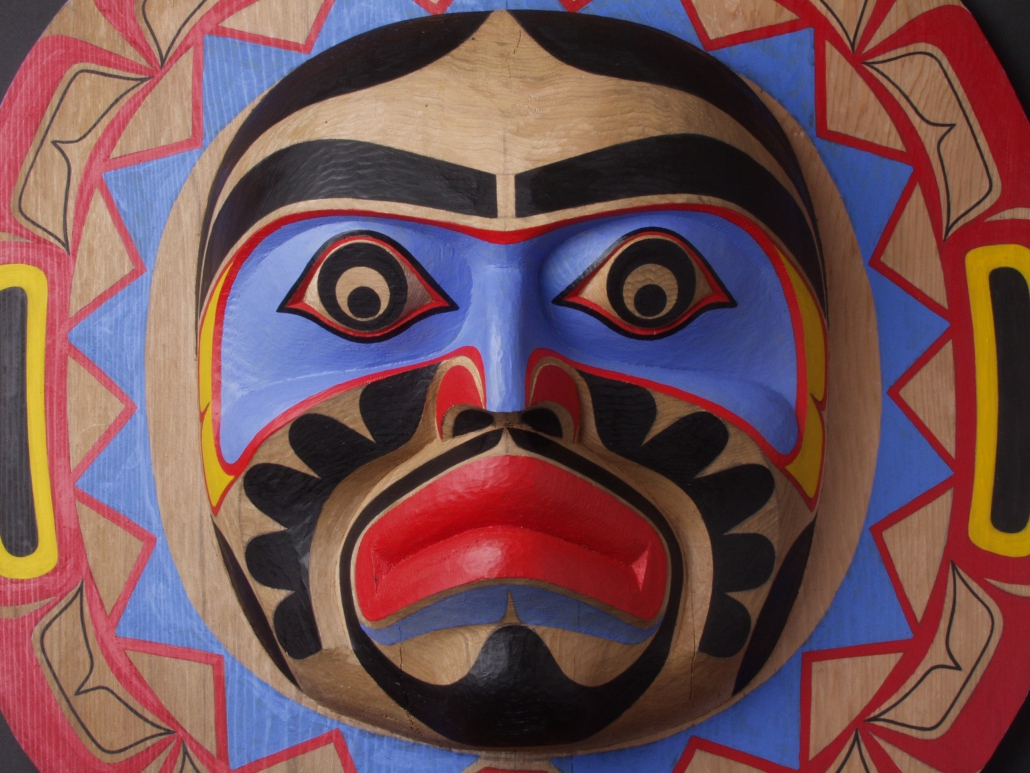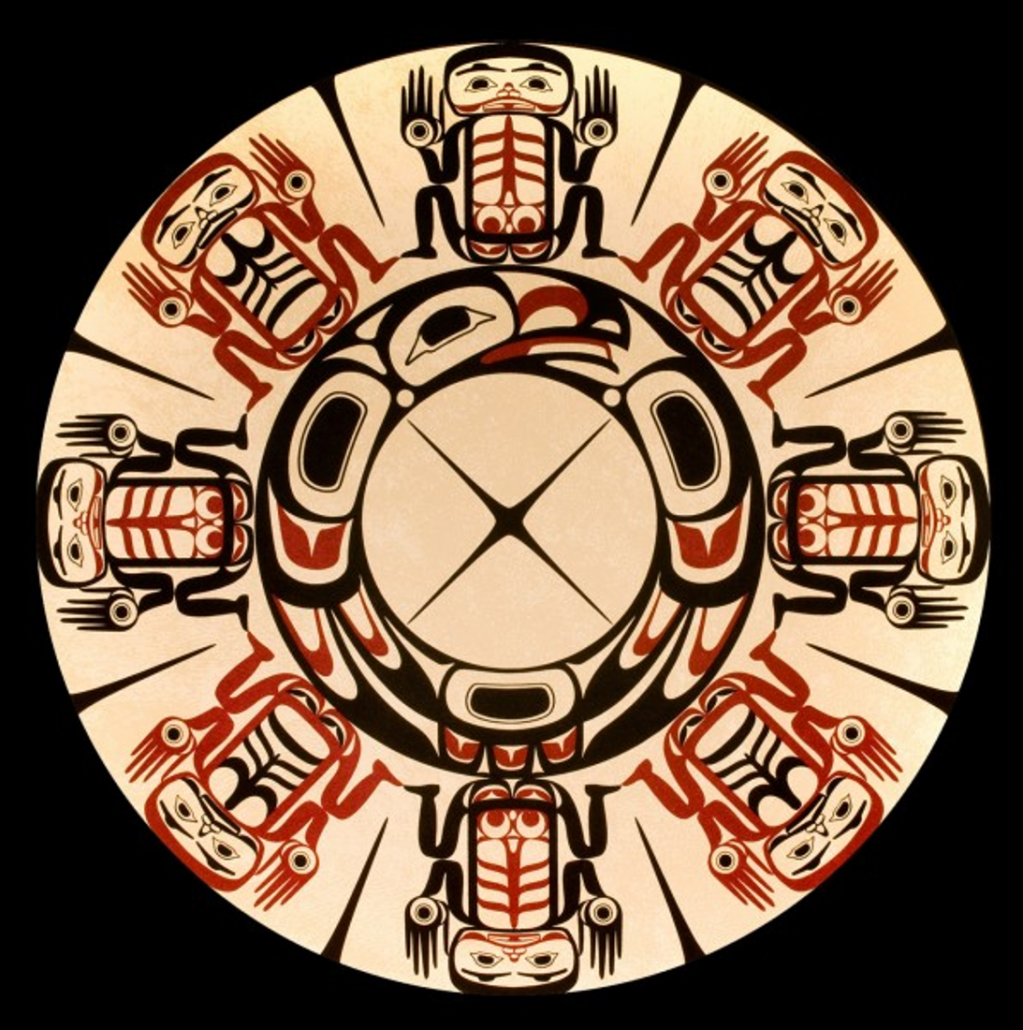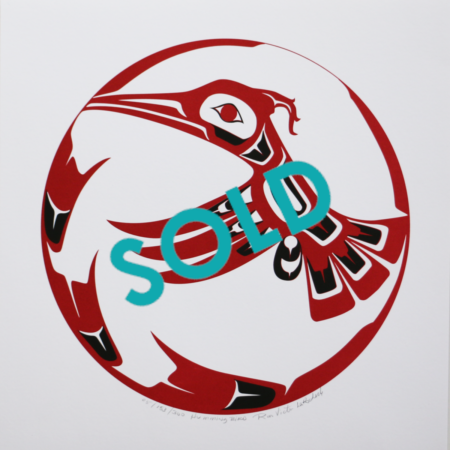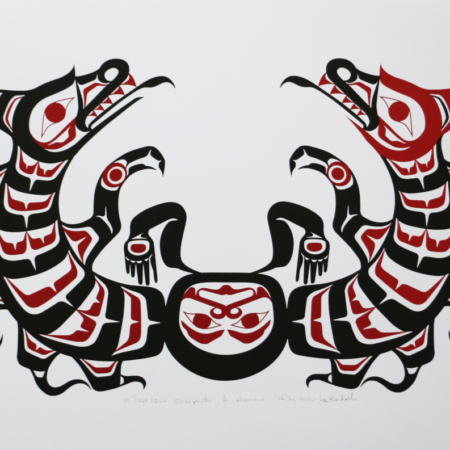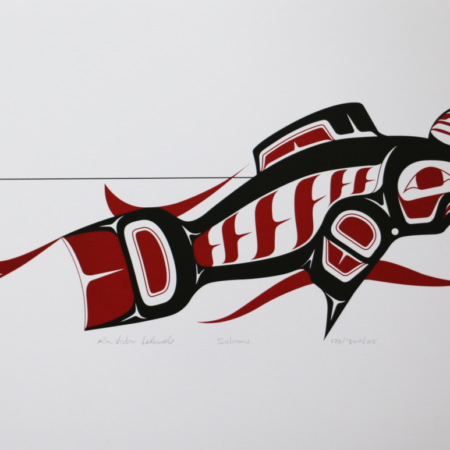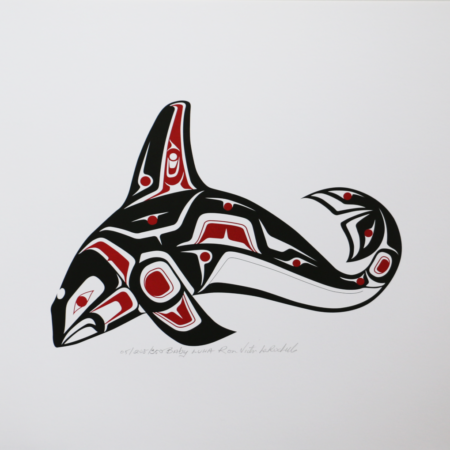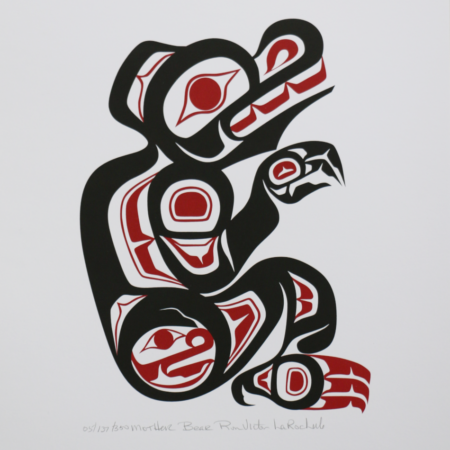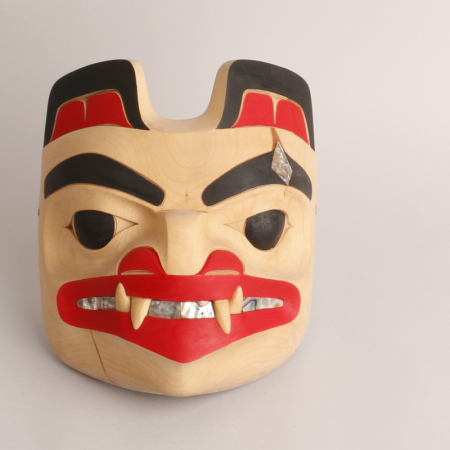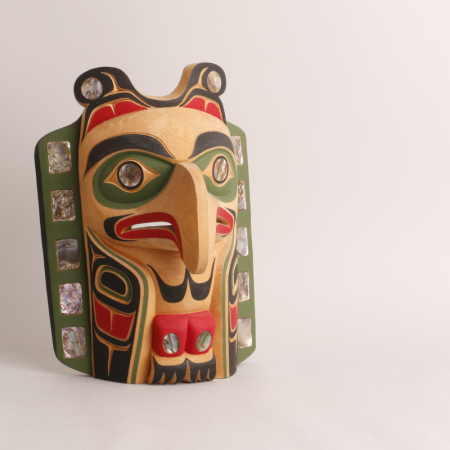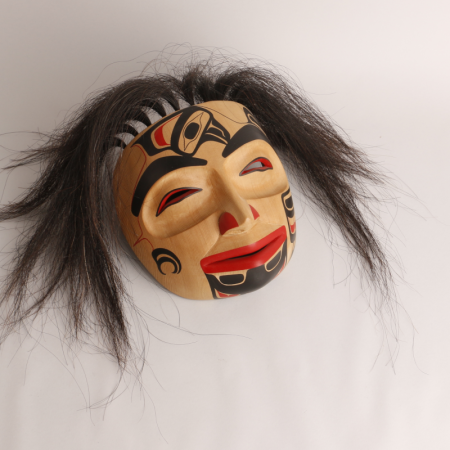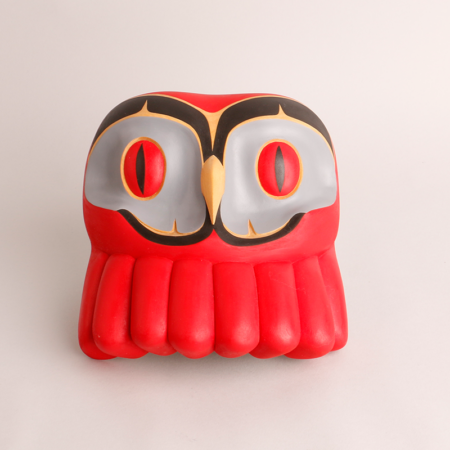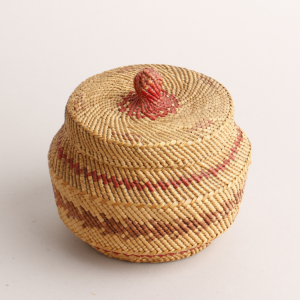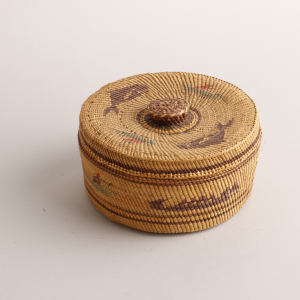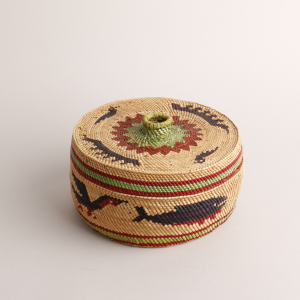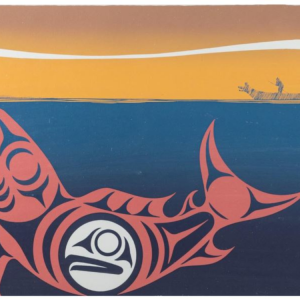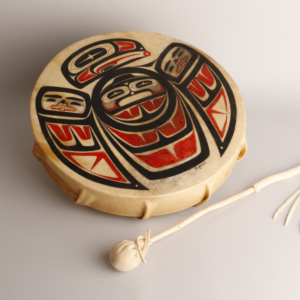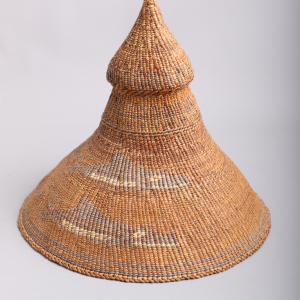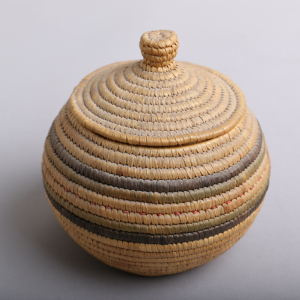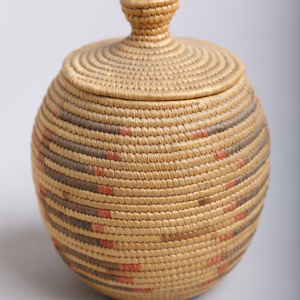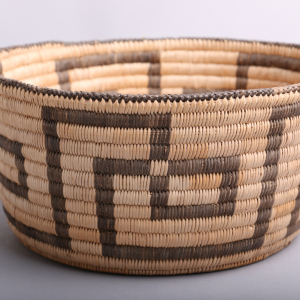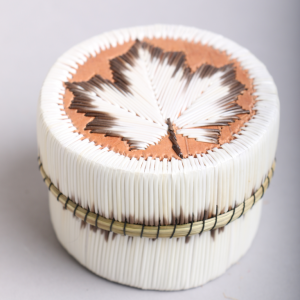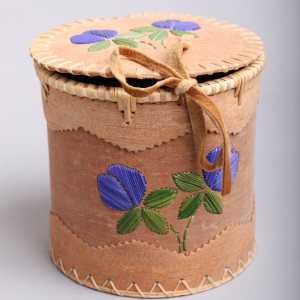The main part of the First Nations Art that is offered by Canadian Arctic Gallery is Northwest Coast Art from Canada covering the area from the southern end of Puget Sound in Washington State to Alaska, encompassing Vancouver Island and the bays and fjords that mark the coast line of British Columbia. If we were able to look at an aerial view of this region, we would see tall evergreen trees, islands, small bays, water, and more water lapping onto rocky shores. It is an area of moderate temperatures, heavy rainfall, and abundant forms of vegetation and sea life.
This geographical happenstance made possible the rise of a very wealthy and status-oriented society, able to live well off the land an sea and still have time left to pursue interests other than surviaval. It allowed development of elaborate ceremonies explaining clan history or the beginning-of-time stories. The formal ceremony developed to validate rights and pass on native heritage was called the Potlatch. It explains the whole organization and tradition of the people.
The cedar tree of the dense forests provided not only shelter and transportation (canoes), but also raw material for many important regalias such as masks, frontlets, drums, rattles and poles. Fascinated by the beauty of the clear formlines and patterns more and more people started to ask for these artworks and a fabulous Art developed from this source.
“Painting embellished canoes, paddles, finely woven hats and baskets, dishes, spoons, boxes, drums, rattles, chiefs’ seats, ceremonial garments, dance screens and shamans’ charms. Some of the finest examples of graphic art are to be seen on the painted bentwood boxes and chests used for storing chiefs’ regalia and for important burials. The smooth, rectangular shape of the box sides, vertical or horizontal, once provided the ‘canvas’ for the artist’s brush.
The making and painting of household and ceremonial items was largely abandoned as the new culture spread and took hold in the nineteenth century. Missionaries and schoolteachers worked hard to ensure that old ways were forgotten, and the banning of the potlatch by federal law struck the final and most damaging blow. But with the renaissance of native Indian arts in the late 1960s and its rapid expansion through the 1970s, artists discovered another medium in which to express their talents, and through it produced a household item unknown in the old days. The medium was silkscreen printing – and the household itemwas the picture to hang on the wall.”

